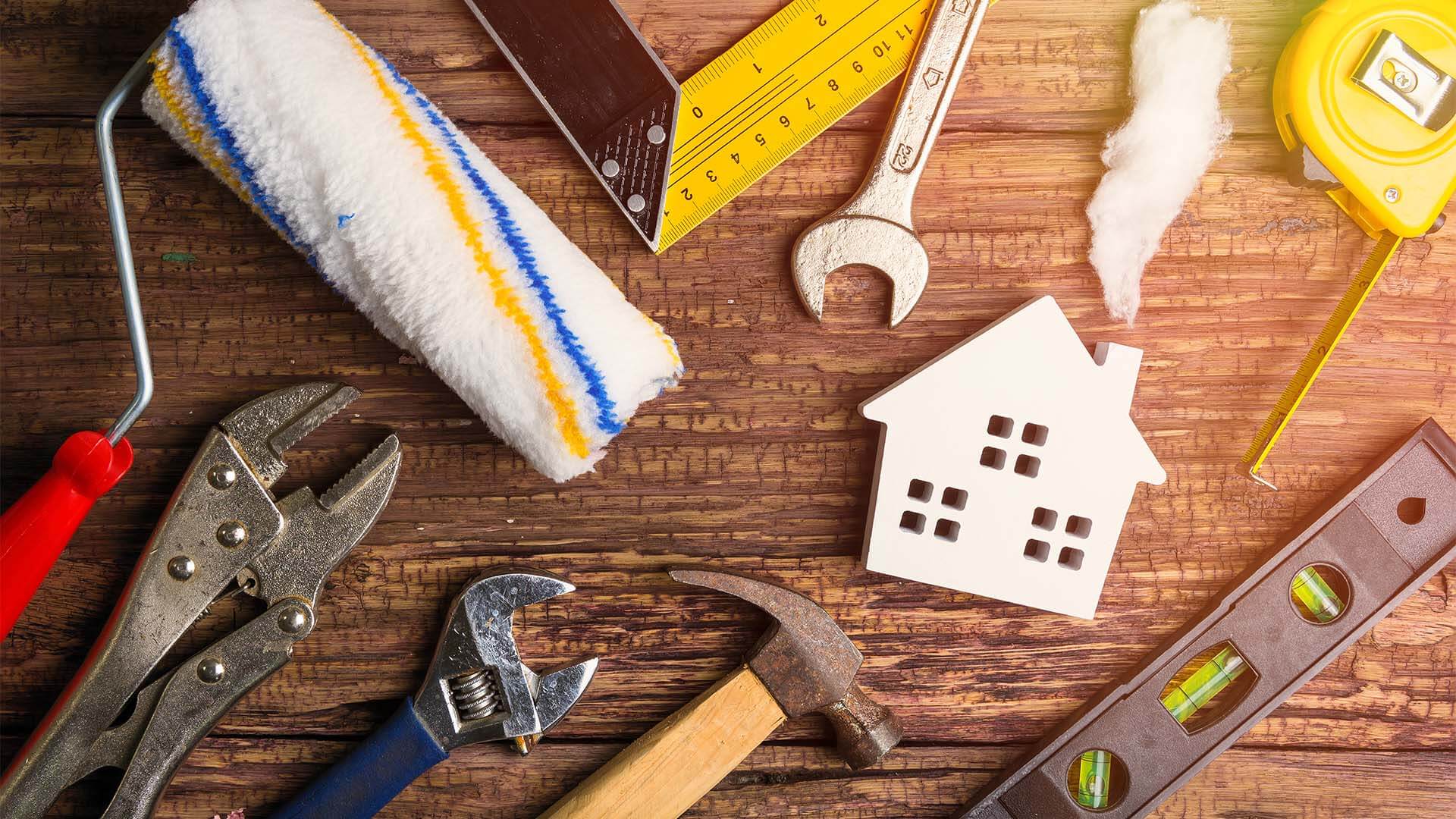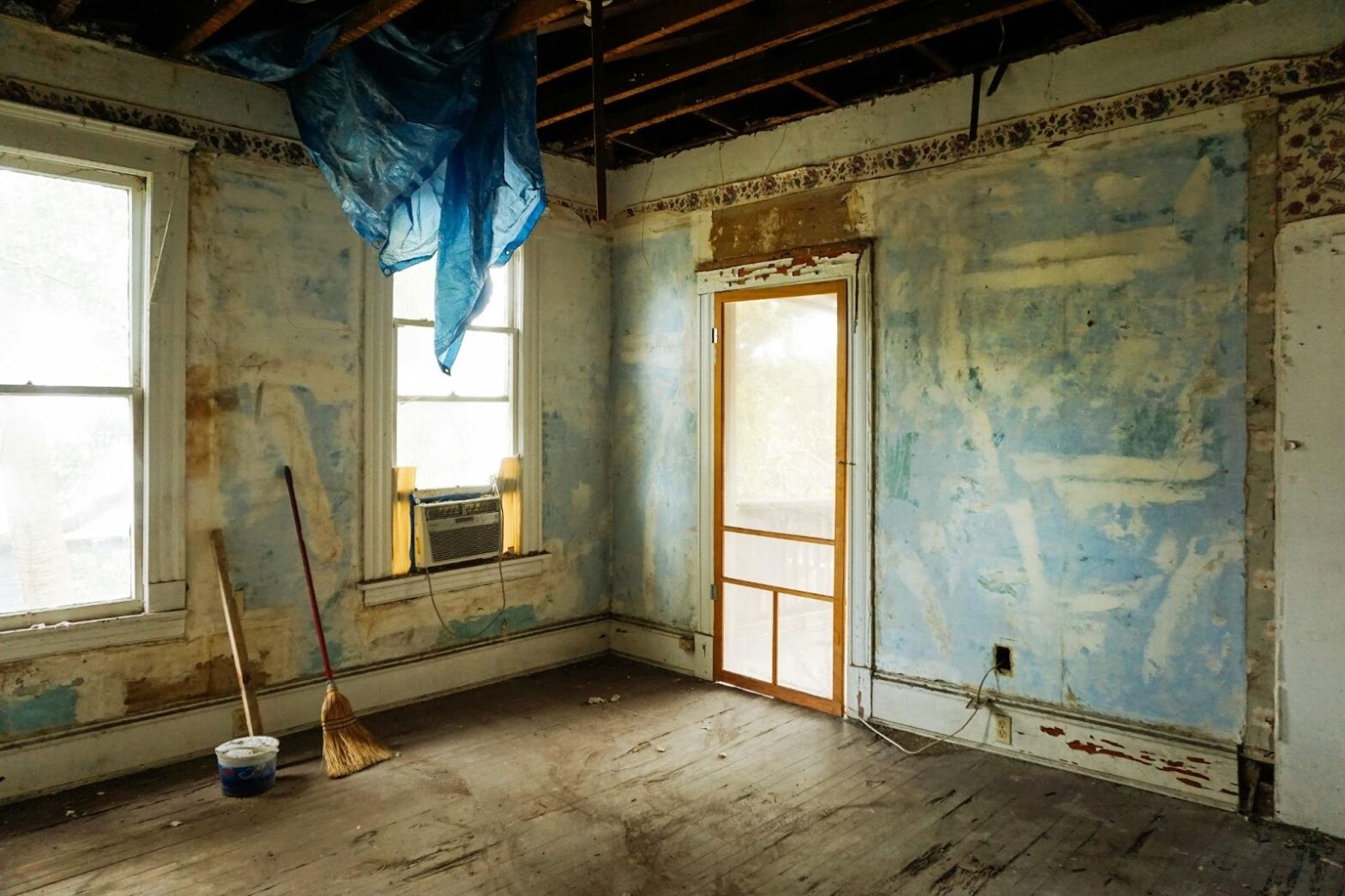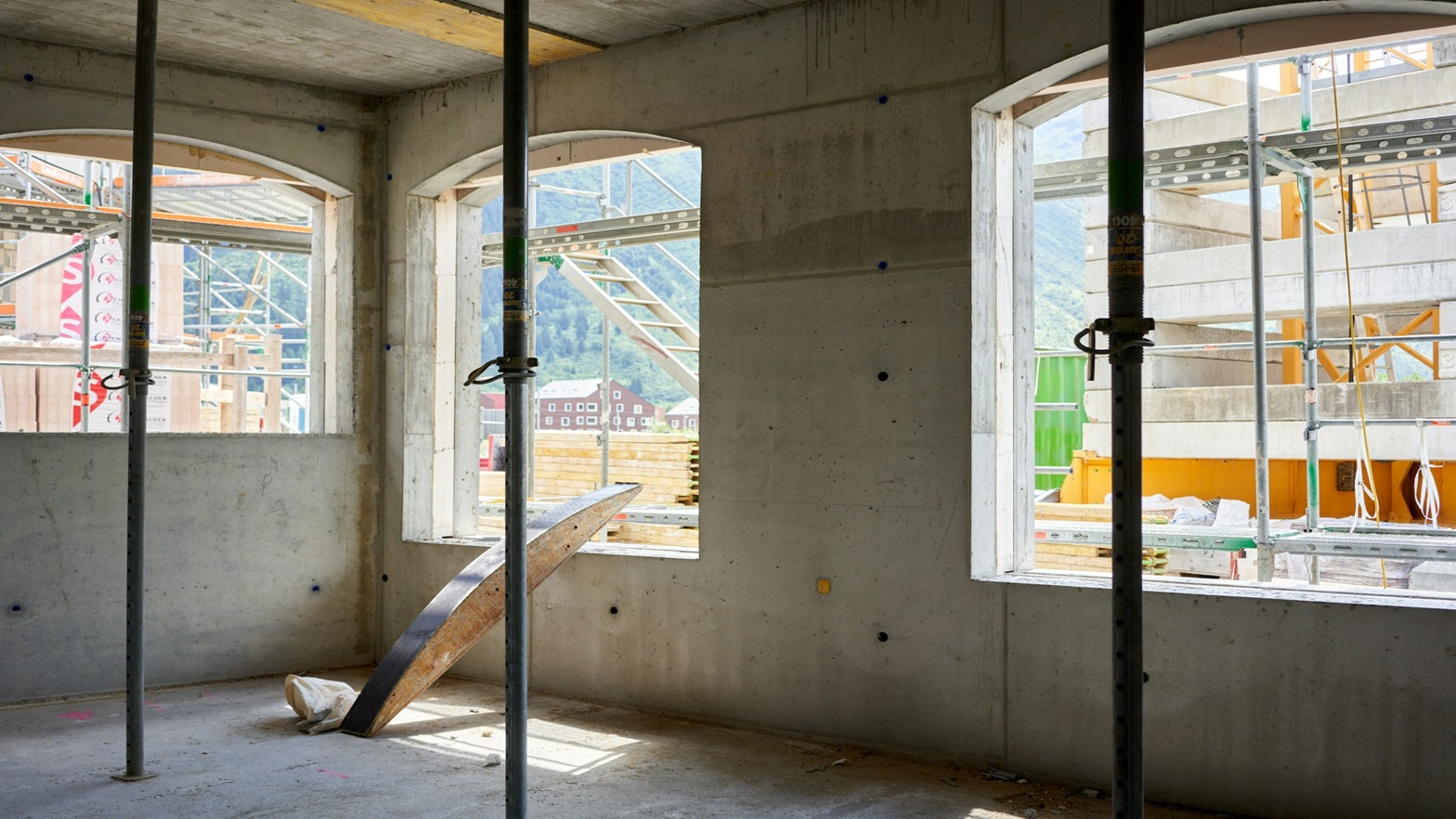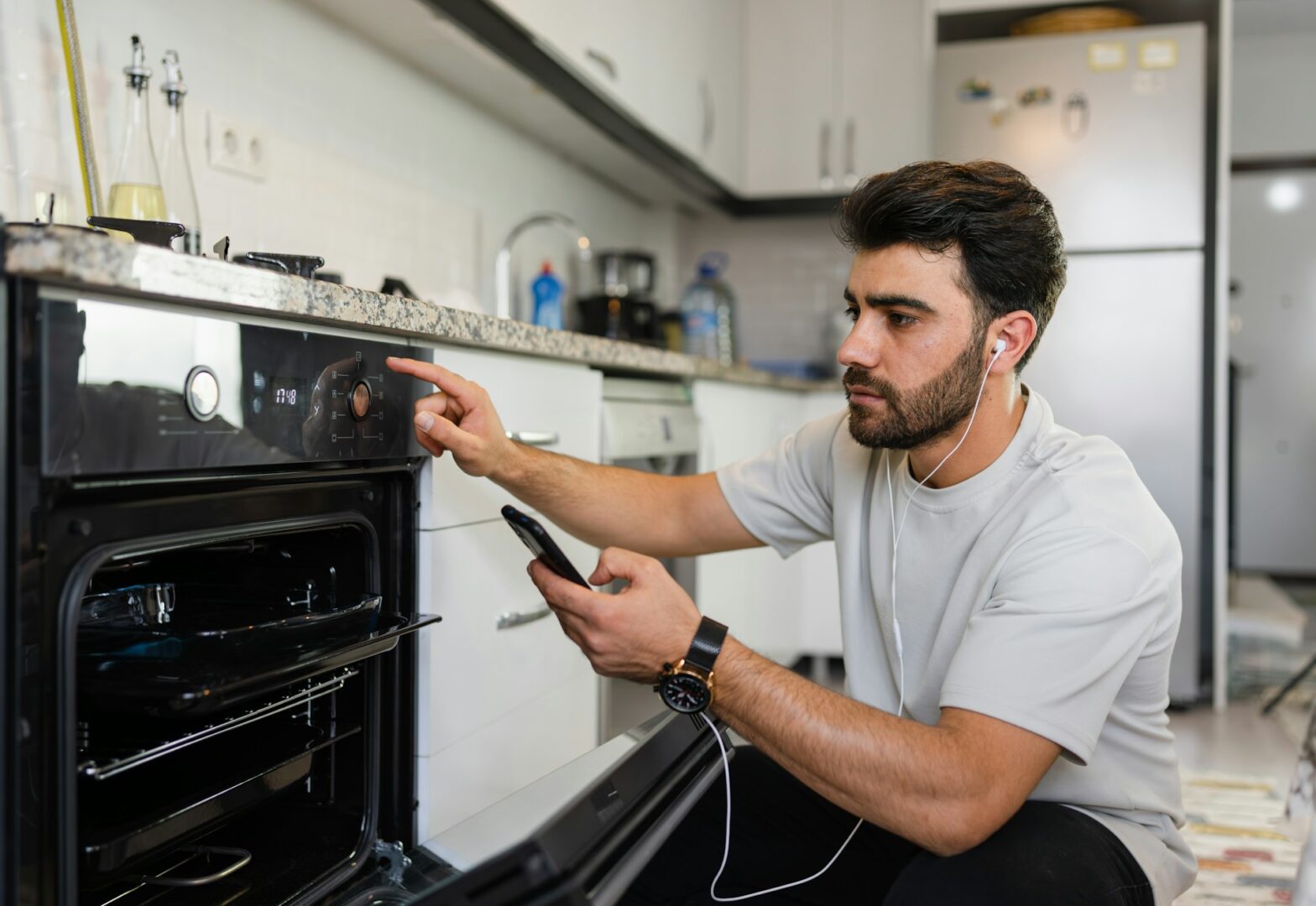Health and safety is sometimes thought of as a trivial and overblown matter that is more about bureaucracy than anything else. But, with the UK’s construction sector considered the most dangerous industry to work in, prioritising builders’ safety on any property site is paramount.
The risks of working in the building sector reportedly comes from falling from a height, being hit by a moving object, fires from faulty wires as well as harm from damaged tools and mishandled machinery. Given such facts, it is essential that you do everything in your power to mitigate the risks of fire and health hazards across building sites and property projects.
Regular maintenance checks and routine changes will help to uphold the safety standards on construction sites. In this article, we will take a look at the role that ongoing maintenance plays in ensuring the safety of everyone on-site at any commercial or domestic building construction project.
Appoint a health and safety officer
In order to uphold stringent health and safety measures across any construction project or building works means designating a responsible member of the team to take charge. It is vital to ensure that you are following the proper safety standards on a new-build development or on any construction site from the get-go in order to prevent any serious incidents and to mitigate the risks to people, property and the entire premises.
While it is a legal obligation for companies to protect the staff who work for them, when it comes to safety at work, the construction industry has well-defined roles and remits to adhere to. Indeed, whether you are an ‘Accountable Person’ or simply a member of a property-building team, the safety and security of your construction staff and indeed anyone working on your site is of the utmost importance.
Check and inspect on a routine basis
Safety standards are always improved by catching problems as early as possible. The last thing you want is to be in a situation where you only realise that equipment or systems are faulty when you need them to work. By scheduling routine inspections and checks, potential issues can be identified before they become larger and more expensive problems.
And let’s not forget the other financial benefit: regularly inspecting and maintaining your systems and equipment helps extend their lifespan. This reduces the need for costly replacements.
Depending on the type of equipment and systems in use, inspections and checks may need to be performed daily, weekly, monthly, or annually. For example, fire safety systems such as smoke detectors, fire alarms, and sprinklers may require monthly or quarterly inspections, while HVAC systems may require yearly updates. It’s a good idea to check the legal necessities, as well as what the manufacturer recommends.
You should ensure that inspections and checks are performed by trained and qualified personnel familiar with the equipment and systems being inspected. By investing in regular inspections and checks, businesses can proactively identify potential issues, maintain the safety and efficiency of their equipment and systems, and ultimately reduce the risk of equipment failure and potentially expensive repairs.
Never neglect maintenance or cut costs
Neglecting maintenance can be a costly mistake for any organisation – no matter what size. It doesn’t matter how much you spent initially on your safety and security measures; over time, equipment, tools, and systems can become worn or damaged. If they are not inspected and repaired regularly, they can fail when they are needed the most. This can lead to safety hazards and costly repairs, not to mention potential injuries or accidents.
A simple issue like a leaky pipe or faulty wiring can lead to water damage or even electrical fires. If these issues go unnoticed, are not invested in or are left unresolved, they can escalate into more significant problems that may be even more expensive to fix, difficult to recover from and potentially harmful to the health and safety of your staff. By maintaining your filtration system at regular intervals and implementing an effective clean air policy can help to expel toxic air particles and reduce hazardous air pollutants inside buildings and outside the vicinity.
For example, suffering a fire at your business can be catastrophic, and come with a range of both direct and indirect costs (such as inventory loss and repairing damage) and indirect costs (such as reputational damage and increased insurance premiums). A lack of maintenance can lead to equipment breakdowns, which can cause delays in production or service delivery, leading to lost productivity and revenue. Regular maintenance can help identify and address potential issues before they become larger problems, keeping your organisation running smoothly and reducing the risk of unexpected downtime or equipment failures.
Update your systems
The updating and upgrading of systems can be seen as a key part of ongoing maintenance. As technology advances, older systems can become increasingly unreliable and even dangerous if they are not updated. Outdated fire alarms, for example, may not function properly or fail to detect smoke or fire, putting your staff and your building at risk.
In addition to safety concerns, outdated systems can also result in decreased efficiency and productivity. This can have a negative impact on your bottom line, as well as your reputation with clients and customers. Upgrading to modern, more efficient systems and equipment can save you money in the long run by reducing energy consumption and minimising downtime.
Moreover, upgrading to newer systems and equipment can help you stay compliant with industry standards and regulations. This is especially important for businesses in industries that require strict adherence to safety and security protocols, such as healthcare or manufacturing. Failure to comply with these regulations can result in hefty fines or even legal action, which can be financially devastating for your business.
When you consider that 85% of tradespeople wouldn’t know what to do in the event of a fire, it shows you that as a business, you have a responsibility and a duty of care to ensure that anyone within your organisation is safe against all dangers.





























